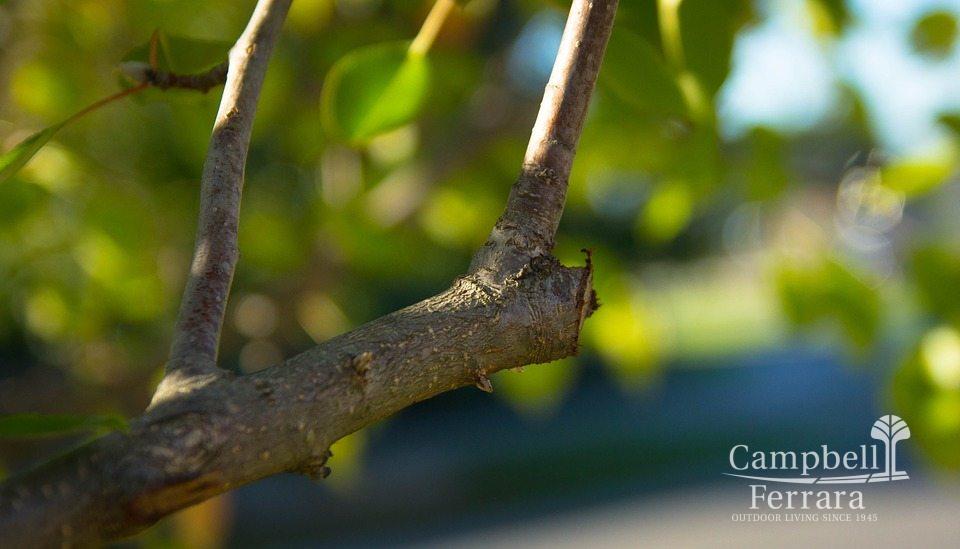
As the leaves fall and winter approaches, there comes the time when winter pruning is required to ensure that your plants, shrubs, and trees are able to blossom at their peak when spring and summer come along. Generally speaking, the best time to plan for your pruning is 1-2 months before spring. This is usually a time when there is very little to worry about in terms of diseases and pests, making it ideal for pruning.
While most homeowners understand that pruning of their shrubs, trees, and flowers should be done, not many people are aware of exactly what should and should not be pruned. Let’s take a look at what and what not to prune during the winter months in the DC Metropolitan area:
What to Prune
- Shrubs and trees that flower in the summer. As opposed to spring flowering shrubs and trees, those that flower in the summer can and should be pruned in the winter months to maximize their bloom when summer comes back around.
- Most roses. With the exception of damasks and mosses, most other types of roses should be pruned as soon as you remove your winter protection.
- Hardwood trees. Hardwood trees that do not bleed should be pruned in the winter months to help ensure that the tree’s natural shape is maintained. When pruning a hardwood, it is generally best to cut off the branches right above the branch collar.
- Fruit trees. Fruit trees are a bit trickier when it comes to pruning because each type requires a different type of pruning procedure. In order to ensure that yours is done correctly, be sure to do your homework and check out the best pruning methods for your specific type of fruit tree.
What Not to Prune
- Trees that bleed. Trees like maples, birches, or elms can produce a heck of a lot of sap if you make the decision to prune them during the winter months. Instead, your best bet is to wait until summer and avoid a mess.
- Spring flowering shrubs and trees. Shrubs and trees like lilacs, azaleas, and others will grow best when they are pruned right after they flower in the spring. Avoid pruning them in the winter as it may stunt their growth.
- Roses that bloom once a year. Some roses, like damasks and mosses, should only be pruned in the summer once they have flowered.
The Final Word
At the end of the day, even if you do end up pruning a plant that should not be pruned in the winter, it generally will not be a big deal. In the same way as a bad haircut, it may look a little off for a while but it should grow back to where it was prior to the pruning over time. Following these particular rules for what to and what not to prune, however, can help ensure that your property stays looking great all year round.






